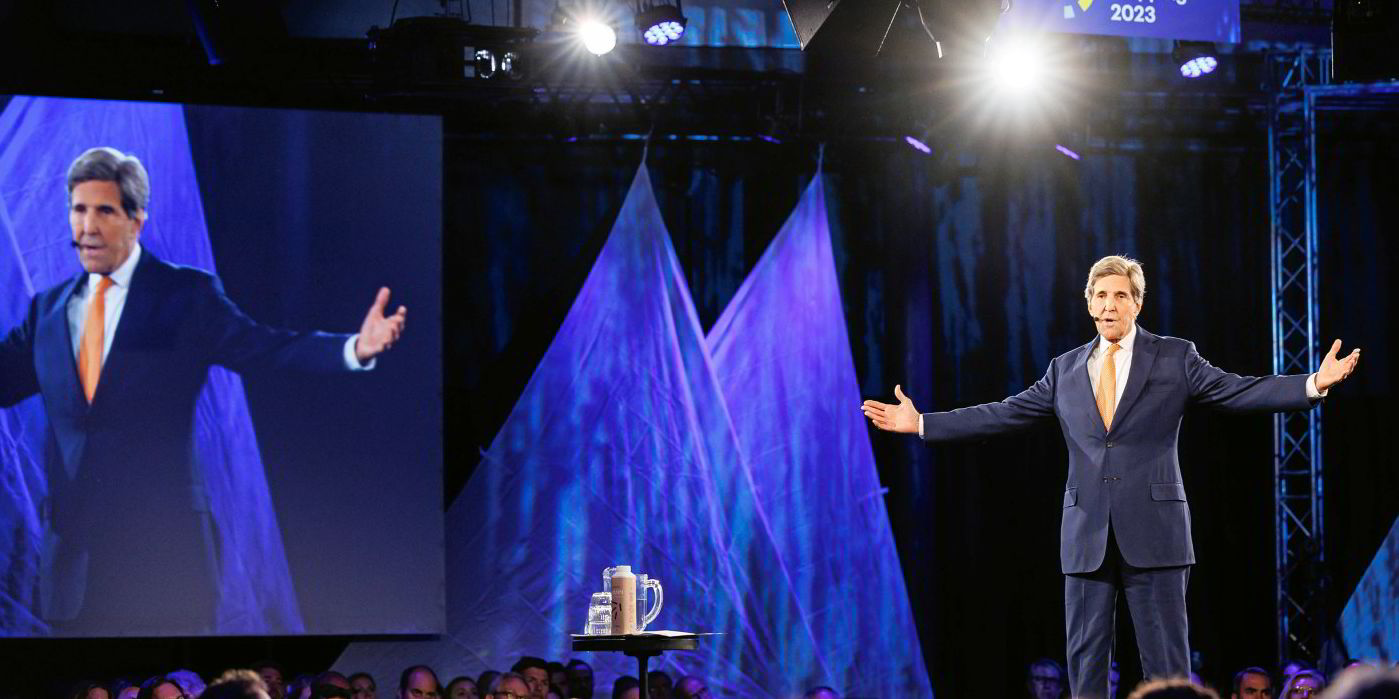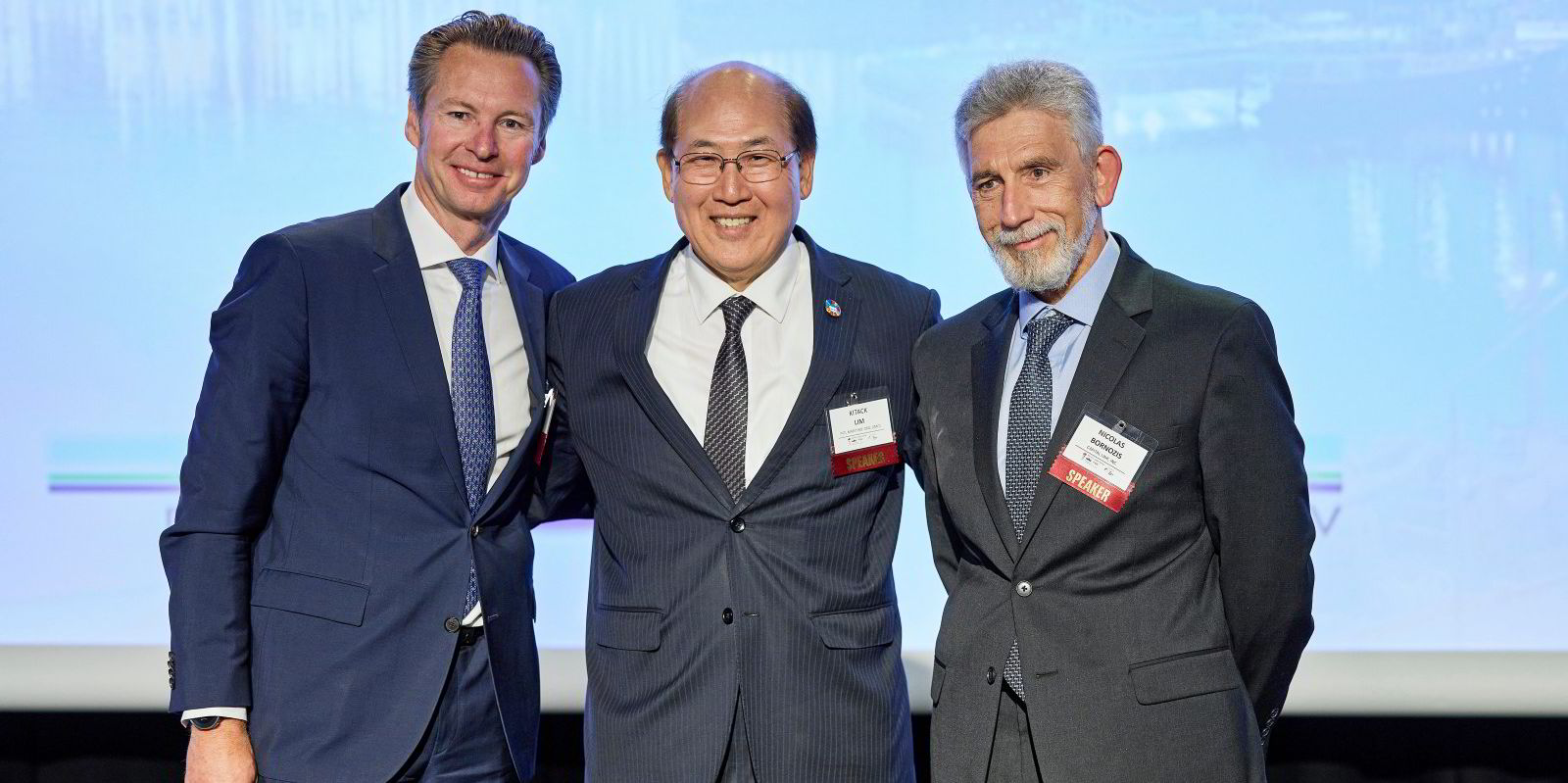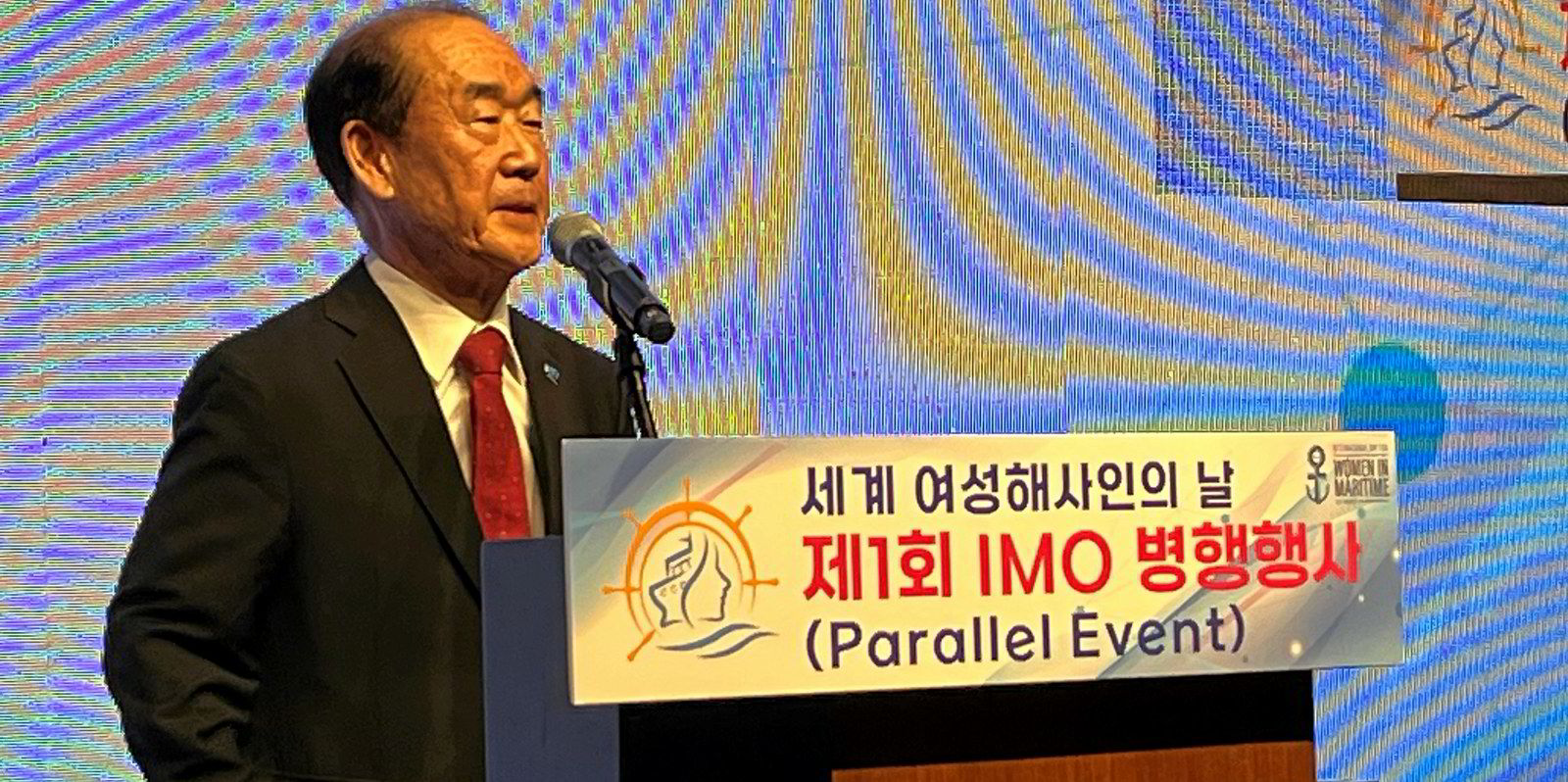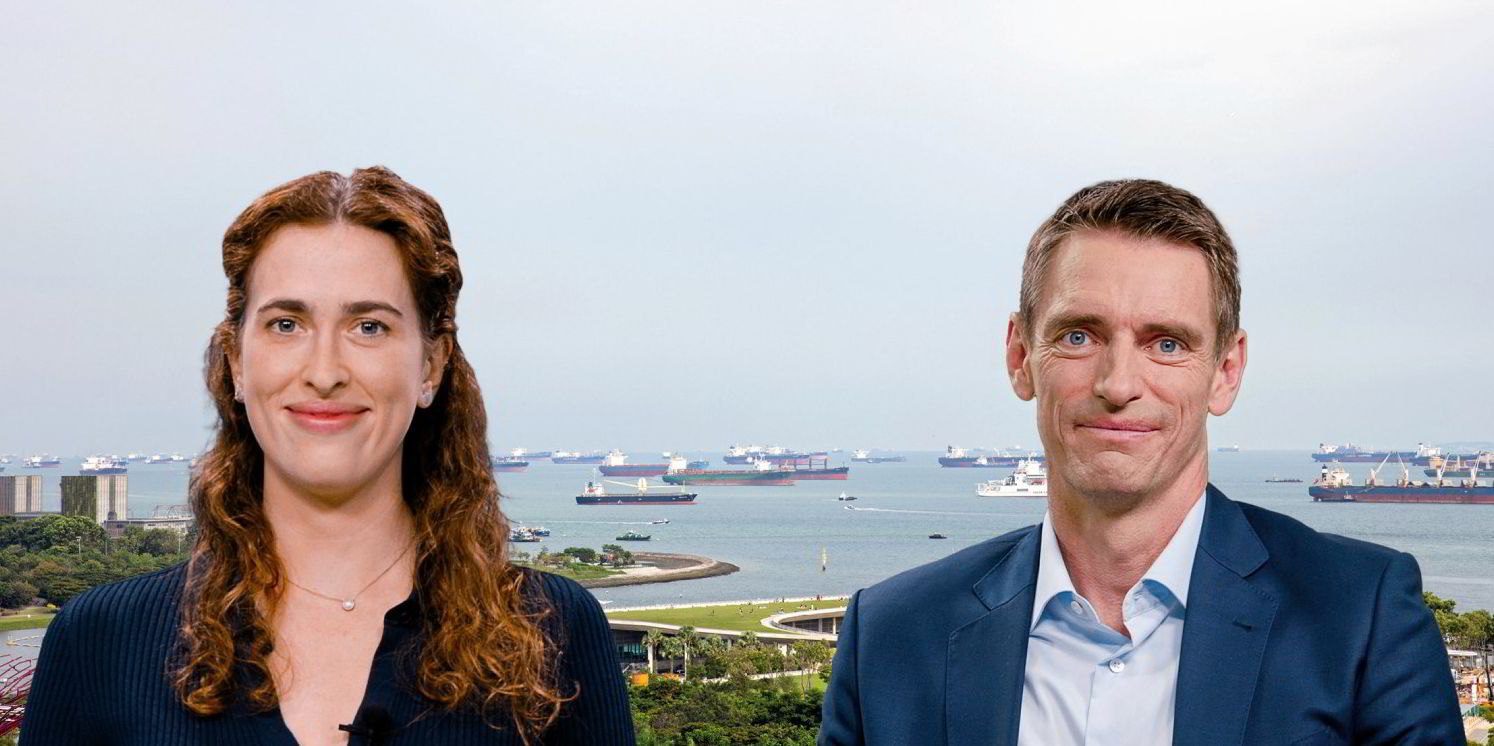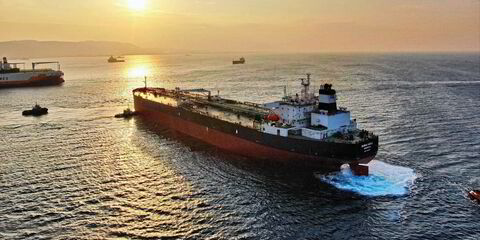The World Bank has added its powerful voice to how up to $3.7trn that could be raised from a price on carbon pollution from ships over the next 27 years may be used to drive decarbonisation, fund green bunker fuel infrastructure and support broader climate aims in the world’s most vulnerable nations.
A new report from the institution that funds capital projects in low and middle-income countries might help convince some nations to support proposals for market-based measures at critical climate talks to be held at the International Maritime Organization headquarters in London over the next few weeks.
A carbon levy that could raise $40bn to $60bn a year is one of the so-called “mid-term measures” that have emerged as among the most contentious issues to be considered by negotiators from the IMO’s 175 member nations at the upcoming Marine Environment Protection Committee 80 meeting.
The total sum raised from a carbon levy or an emissions trading scheme in the two-and-a-half decades to 2050 could be between $1trn and $3.7trn.
Participants in the IMO negotiations — both from member states and the IMO executive — privately agree that a compromise agreement looks possible, even likely, on more ambitious long-term carbon emissions reductions to at or near net zero by 2050, close to Paris Agreement-aligned measures.
Agreement, however, appears far more difficult on key medium-term measures including a carbon levy and big reductions in carbon emission targets by 2030 and 2040. In particular, the US is pushing for steep near-term cuts, but opposes any levy, while other nations are backing lower reduction targets but support some form of levy.
Many industry insiders — from shipping and energy markets — lobby groups and environmental campaigners agree that a price on carbon emissions would make green low and no-carbon bunker fuel more cost-competitive and incentivise its production, distribution and use.
Other studies have suggested that a carbon price from as low as $50 per tonne of CO2 to $300 per tonne could drive decarbonisation.
The European Union is introducing its own carbon pricing measure with shipping starting to be included in its emissions trading system from the beginning of 2024.
“A revenue-raising market-based measure would incentivise reductions in GHG emissions in international shipping, while raising carbon revenues,” the report said.
“Given the urgency to address climate change, the adoption of a global policy to allow international shipping to decarbonise effectively and equitably is critical — the World Bank supports this process,” said the report.
It was compiled by the World Bank’s Dominik Englert, Sotiria Lagouvardou, Isabelle Rojon and Rico Salgmann, based on expert input from Dublin City University, School of Law and Government’s Goran Dominioni and Cáit Gleeson.
“The design of the technical and market-based measures offers the sector the unique opportunity to not only decarbonise effectively, but transition in a manner that unlocks cross-sectoral synergies, promotes development, and empowers people.”
The report had expert input from Dublin City University, University College London and the Maersk Mc-Kinney Moller Center for Zero Carbon Shipping.
Building on an earlier World Bank report on carbon pricing that identified seven potential carbon use options, the new study published this week considered the impact of focusing on the three most potent measures.
“Using carbon revenues to decarbonise shipping, enhance maritime transport infrastructure and capacity, and support broader climate aims appeared most aligned compared to alternative spending options,” it said.
“While the first two options directly relate to maritime transport, financing broader climate aims, by contrast, would imply spending funds beyond maritime transport.”
The report concluded that a significant share of the funds raised should be spent on decarbonising shipping, which will require trillions of dollars in investments.
“To cover these costs to a certain extent, mobilise additional private and public finance, and achieve tipping points as quickly as possible, carbon revenues should be used to finance, scale up, and accelerate the decarbonisation of international shipping,” said the report, which will be welcomed by industry.
Using a share of carbon revenues to support climate action more broadly could deliver even greater climate outcomes overall, the report said, as it is unlikely that the most cost-effective opportunities to mitigate or adapt to climate change will all relate to maritime transport alone.
Prioritising small island developing states and least developed countries as the recipients of funding but offering earlier and more favourable finance terms from the funds would help build fuelling infrastructure and drive an equitable transition.
“Developing countries tend to be more vulnerable to climate risks, have less capacity to address them, and have historically contributed less to climate change than many developed countries,” the report said.
Making developing countries the primary recipients of carbon revenues could help close the financing gap between current climate finance flows and their climate financing needs. In addition, carbon revenues could help address potential disproportionately negative impacts on nations caused by implementing a climate policy measure in international shipping, the report concluded.
It discusses in detail a new distribution framework built around three levers and funding windows that could effectively deliver climate and equity benefits for nations.
“As the policy debate at the IMO and decarbonisation efforts within maritime transport evolve, so can the framework. The framework has the flexibility to address questions related to legal implementation, institutional governance, and practical management.
“The key role of a market-based measure for international shipping is to incentivise reductions in GHG emissions in shipping. Instruments that put an explicit price on GHG emissions can be a key component of the policy mix that drives the decarbonisation of international shipping cost-effectively.”(Copyright)

